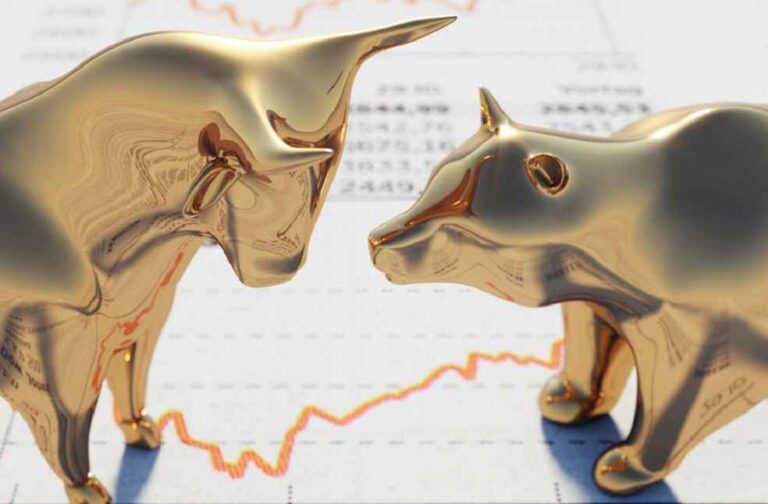The bull and bear terminology is still used to describe the state of the stock market today. However, the origins of these terms remain uncertain. One theory suggests that the terms were originally used to describe the way these animals attack, with a bull market representing an upward attack and a bear market representing a downward attack. Another theory is that the terms are related to the way these animals behave, with a bull market representing a strong and growing market, while a bear market represents a cautious and declining market.
Regardless of their origins, the bull and bear terminology have become an integral part of the language of finance. Investors and analysts around the world use these terms to understand market trends and make more informed investment decisions. Understanding the difference between a bull market and a bear market can help investors better position themselves to take advantage of market trends and achieve their financial goals.
An early mention of the terms bull and bear appears in Thomas Mortimer’s book Every Man his own Broker, published in London in 1769. The book described speculators operating in Jonathan’s Coffee-House in Exchange Alley, using the terms to describe their market positions. This early mention suggests that the terms have been a part of the language of finance for centuries.
Today, the bull and bear terminology is still widely used in the finance industry. Although the exact origins of the terms remain uncertain, it is clear that understanding their meaning is essential for anyone looking to invest in the stock market. With knowledge of the underlying forces that drive the market, investors can better position themselves to take advantage of market trends and achieve their financial goals.
LATEST: AUSTRIA AND TURKEY SEEK TO BOOST TRADE COOPERATION FOLLOWING DIPLOMATIC TALKS



